5 things to consider when selecting your next online storage
Cost and online storage volume aren’t the sole key factors
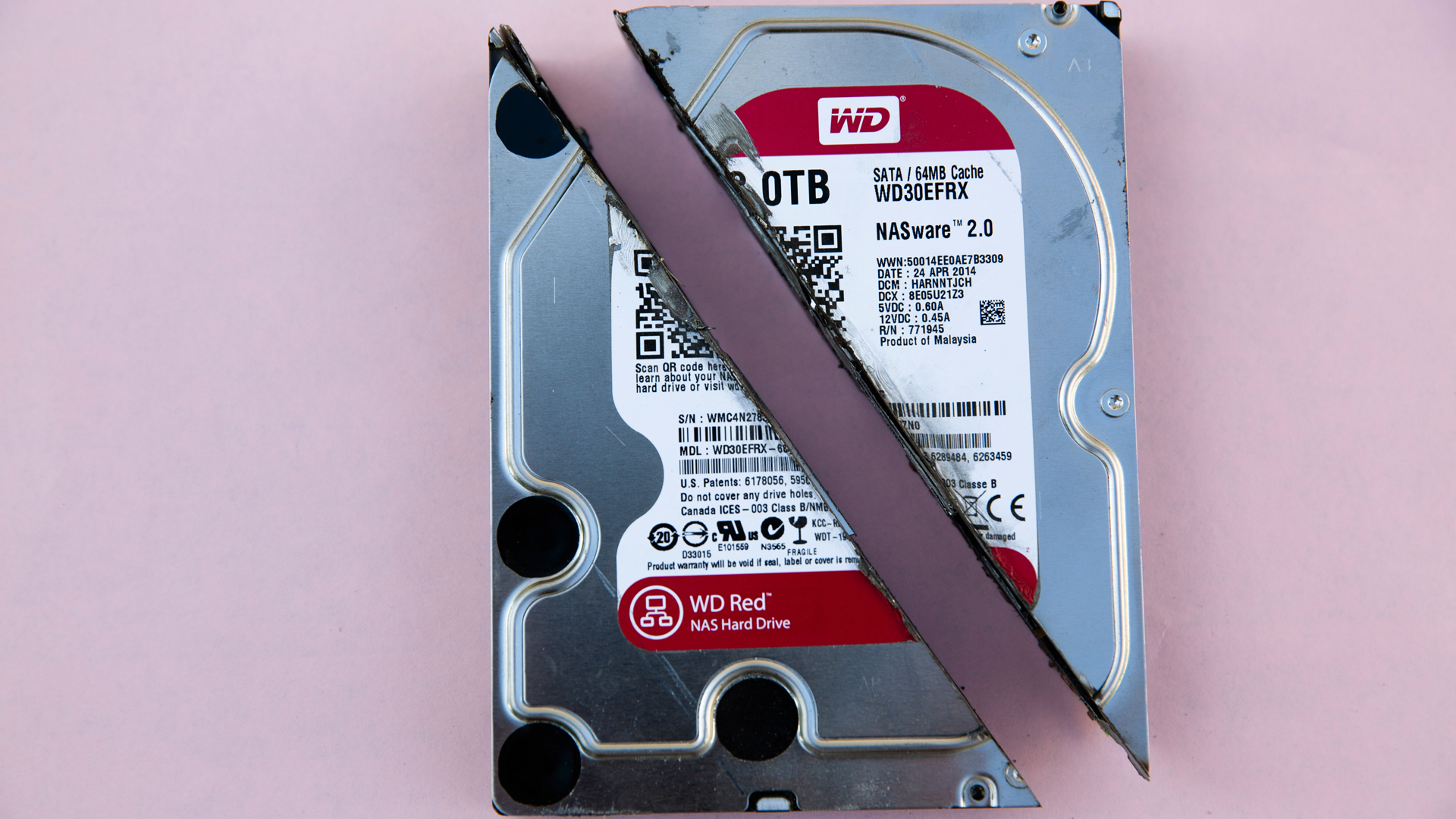
As the world becomes more digital, online storage, storage in the cloud, or cloud storage, has become an incredibly convenient way to store data securely and available at all times. Choosing to use the best cloud storage instead of physical media, like external hard drives or USB drives, means you can download and view your files anywhere, from any device, as long as you're connected to the internet.
That means that files are available on your work desktop, your personal laptop, your tablet, or your smartphone while on the go. However, not all online storage is built in the same way, and in this article we outline five key factors you should take into account when comparing the best providers available.
1. Cost
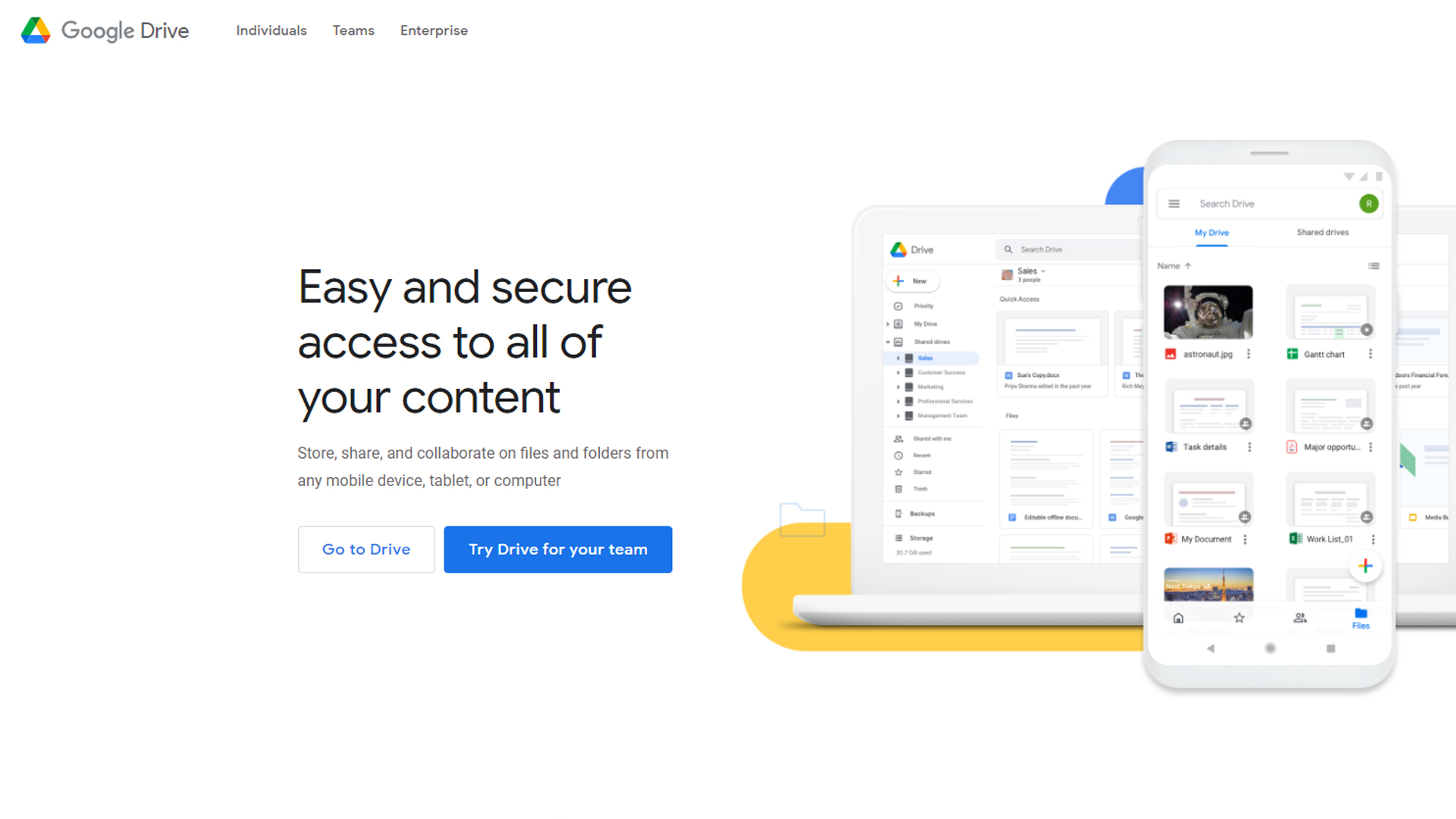
It probably comes as no surprise, but cost is one of the first things people look at when comparing online storage solutions. However, pricing structures can vary widely between products, so comparing them isn’t always straightforward.
Depending upon your needs, you may not even need to pay for cloud storage. Most providers offer a free tier, although the features may be limited. One of the best options for free storage is Google Drive, which includes 15GB of free storage (spread across all your apps, including gmail and photos). pCloud also does well in this regard, with 10GB free storage and free encrypted transfers of files up to 5GB.
Some products offer more granular pricing than others. IDrive, for example, only offers 2TB and 5TB plans, while Zoolz includes a 1TB plan. OneCloud offers 100GB for just $1.99, and then a 1TB plan above that. Backblaze, on the other hand, has just one tier: $6 a month for unlimited space. It’s not very feature rich and it only works on one device, but it’s a steal if you just need space online.
As you can see, you’ll need to carefully consider just how much space you need and find the plan that best fits without spending needlessly. Finally, you’ll want to take into account, for example, student discounts or cheaper rates if you sign up for annual rather than monthly payments. Some providers also offer lifetime access for one large initial payment, which can be cheaper in the long run.
Learn more about these providers in our reviews of each, including our Google Drive review; our pCloud review; our IDrive personal cloud backup review and our IDrive review for its business services; our Zoolz cloud storage review and our Zoolz BigMIND review; and our Backblaze cloud backup review.
Sign up to get the BEST of Tom's Guide direct to your inbox.
Get instant access to breaking news, the hottest reviews, great deals and helpful tips.
2. Security
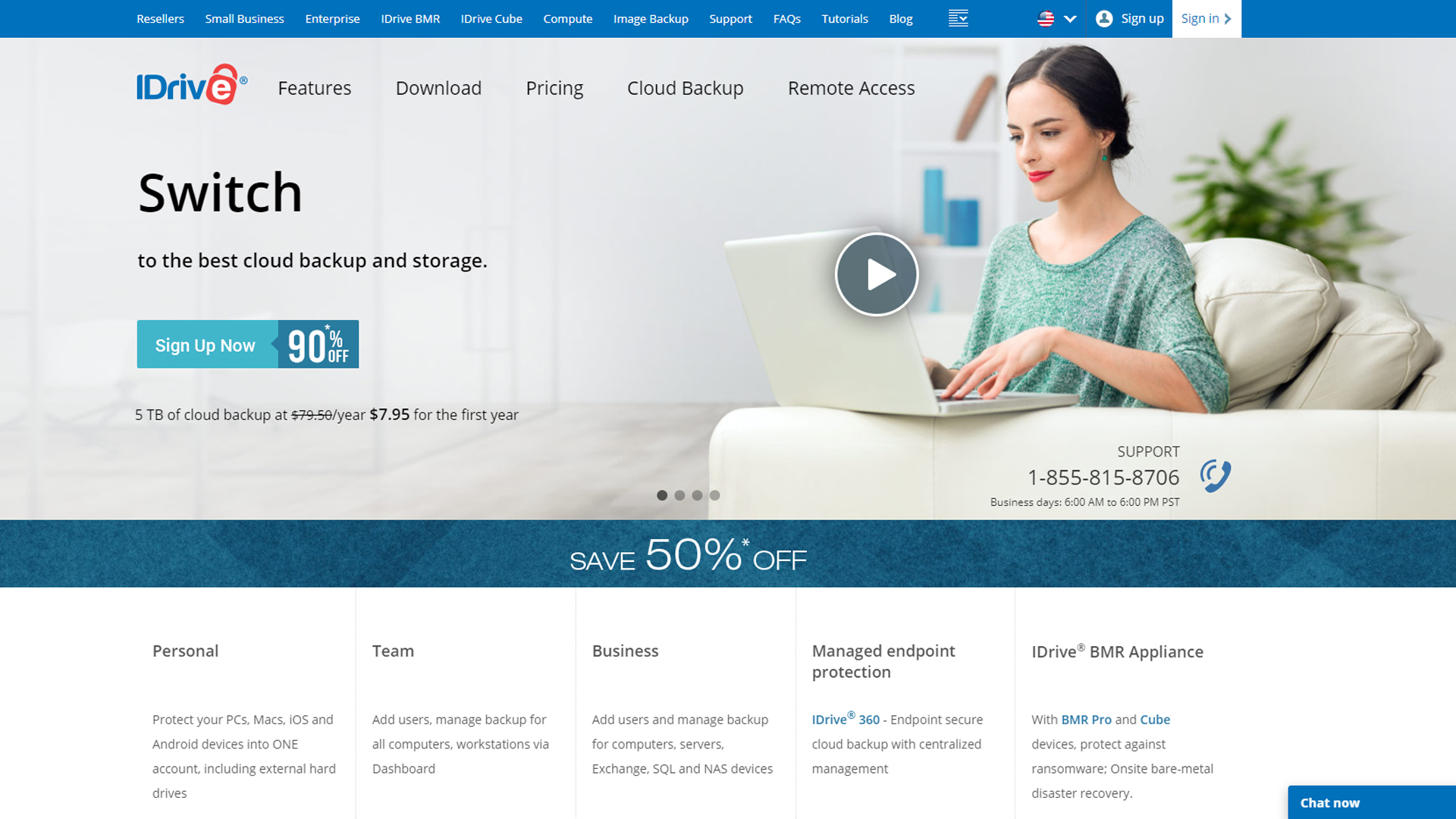
Security is another important factor. That’s especially true for professional accounts, but you shouldn’t downplay the importance of excellent security for personal files, either. The best security is offered by services with end-to-end encryption, as offered by Tresorit Business Cloud, IDrive, and OneDrive. Google Drive, which did well in the cost category, falls short in this regard.
Encryption in storage is just as important as when accessing, so make sure that your stored files are encrypted with either AES-256 (Advanced Encryption Standard) or TLS (Transport Layer Security) encryption. You’ll also want to make sure you can set up two-factor authentication (2FA), although this may not be a deal-killer if you’re happy with a service’s other features.
Zoolz, for example, has tonnes of great features but no 2FA. IDrive is pricier, but offers two-factor authentication and end-to-end encryption. Find out more about Tresorit and Microsoft OneDrive in our Tresorit review and our Microsoft OneDrive review.
3. Limits
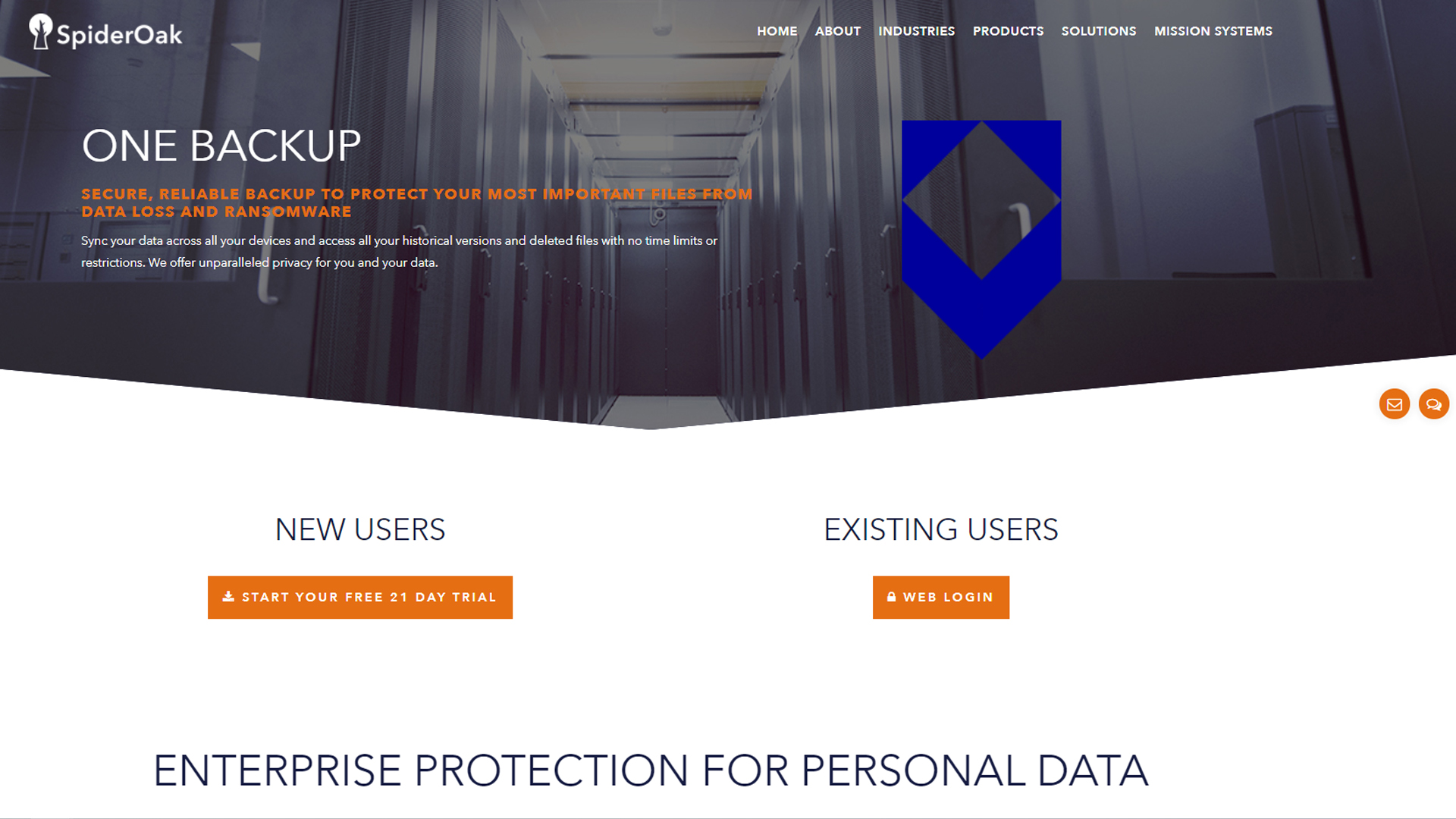
There are a few limits you’ll have to contend with when choosing a provider. The first and most obvious is the total amount of storage available to you. As already mentioned, Backblaze offers unlimited storage, but falls short in other areas. IDrive is a little more costly but has a convenient 5TB plan if you have large storage needs.
Most providers also limit the size of the files you can upload or share. IDrive, for example, has a fairly low limit of 2GB. If you need cloud storage for large files, like videos or hefty databases, you’ll probably want to go for something like OneDrive, which has a 15GB file size limit, or SpiderOak, which has no limit.
Another limit to take into consideration is how long your deleted files will be kept. This doesn’t just refer to files you delete manually but also to version history. If you’re using your online storage to sync work files that you edit regularly, this can be an important factor.
Look for providers with dedicated cold storage for files you want to keep stored for a long, long time. Zoolz has an elegant solution to this, for example, at no extra cost. Otherwise, Google Drive, and the accompanying Google Workspace, offers extremely long-lasting file versioning. Find out more about SpiderOak in our SpiderOak review.
4. File sync
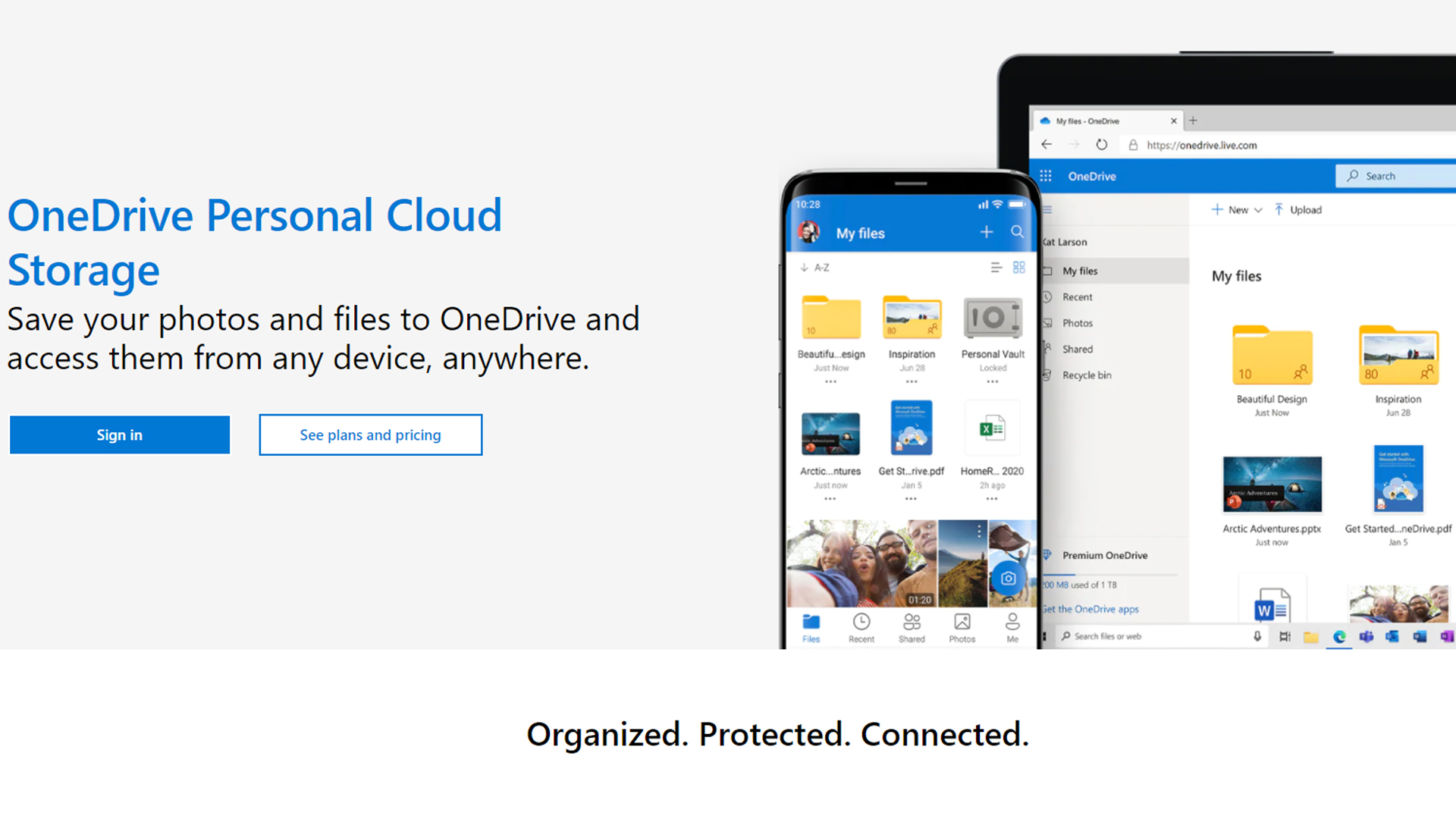
File syncing is one of the most popular features that customers look for in a cloud storage provider. If you’re planning on using your online storage to continuously or automatically back up and sync your files, make it a priority to compare services and pick one of the best file syncing solutions that does so most effectively and efficiently.
OneDrive and Google Drive both do a great job of file syncing, although they’re not your only options. GoodSync and Sync.com also offer feature-rich file syncing at competitive rates, and you can find out more about both of these solutions in our GoodSync review and our Sync.com review.
5. Interface and ease of use
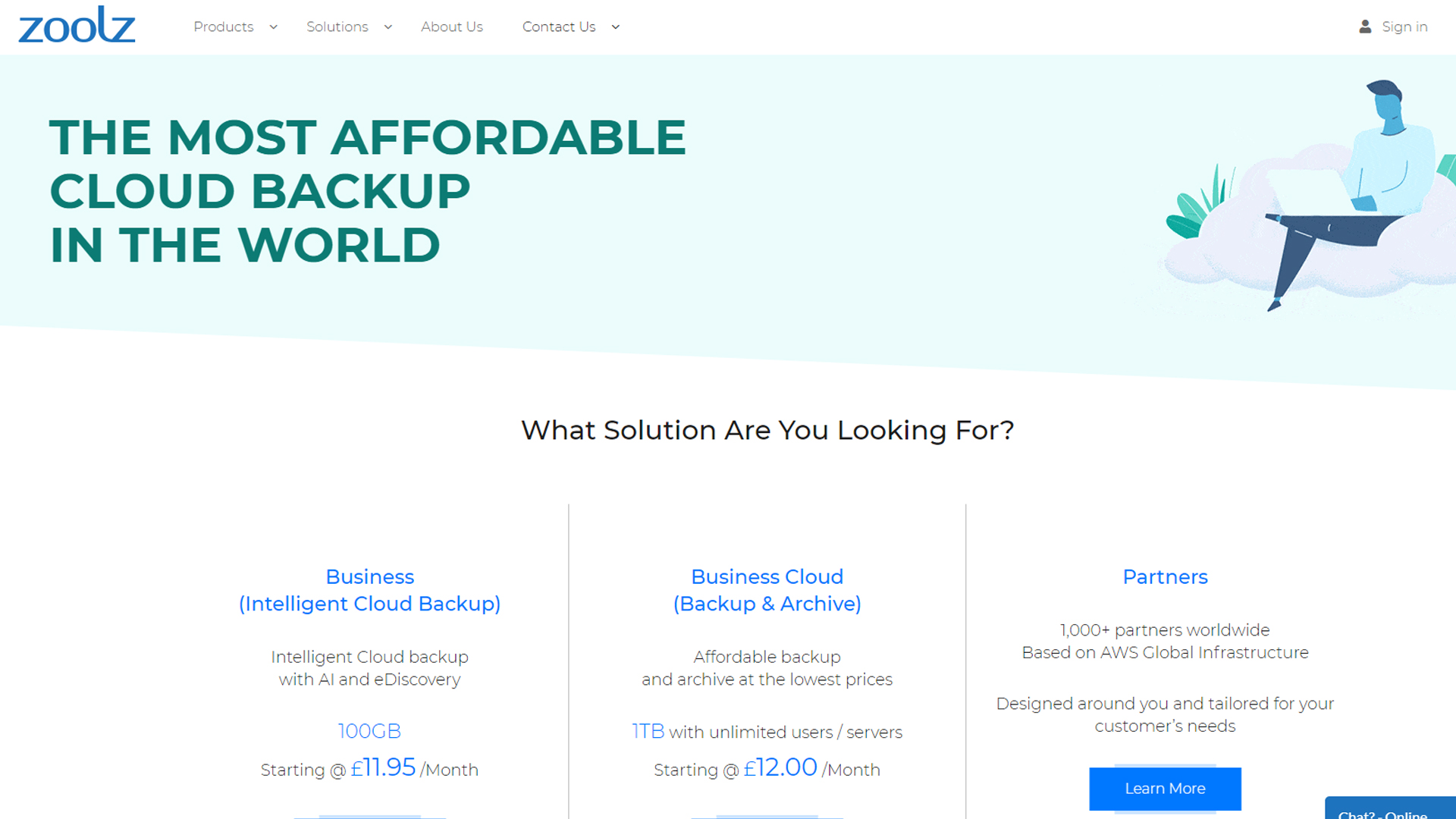
Finally, the very best cloud storage in terms of prices and security isn’t worth much if you can’t find your way around the app or use it on all your devices. You can find in-depth analysis of each service ranked in our list of the best cloud storage providers to get a better look at interfaces and check device compatibility.
OneDrive and Google Drive stand out again for ease of use and an intuitive interface. pCloud, on the other hand, while excelling in other areas, has some questionable design choices that make it a bit less intuitive. When adding a folder to your online storage, for example, the contents are added individually rather than in the original parent folder.
Zoolz doesn’t boast download speeds as fast as those of others, but has an attractive and intuitive interface on desktop (although the mobile apps could use some work).
Summary
By considering these five important factors when choosing your next online storage, you can be sure to find the right provider for your needs. You’ll need to balance overall storage space with cost, make sure any limits fit your workflow and that the file sync, if you need it, works as expected. Finally, you’ll want to make sure you’re comfortable with the interface.
With all this in mind, head over to our guide to the best cloud storage to start comparing your options.
Christian is a freelance writer and content project manager with over six years' experience writing and leading teams in finance and technology for some of the world's largest online publishers, including TechRadar and Tom's Guide.

